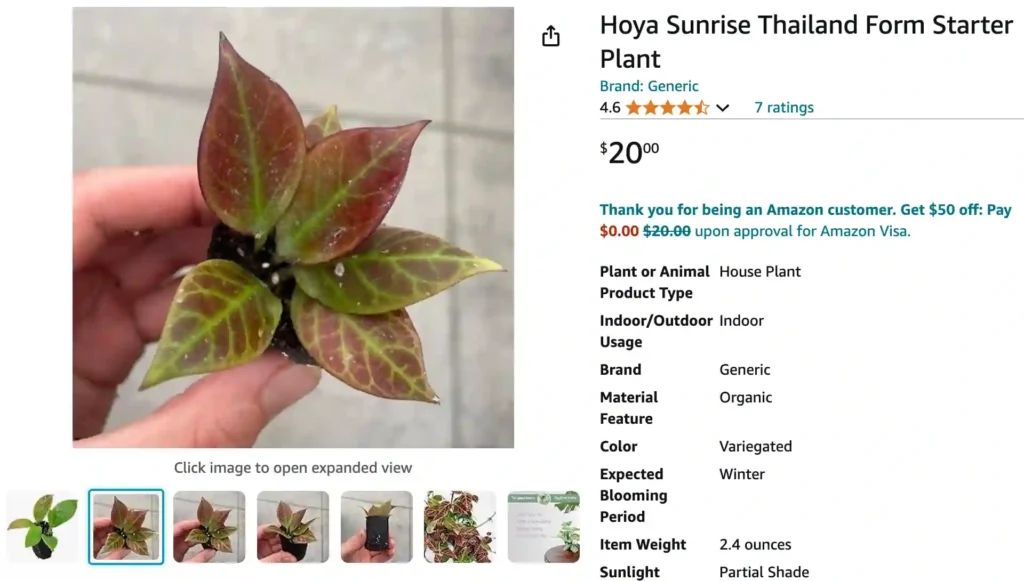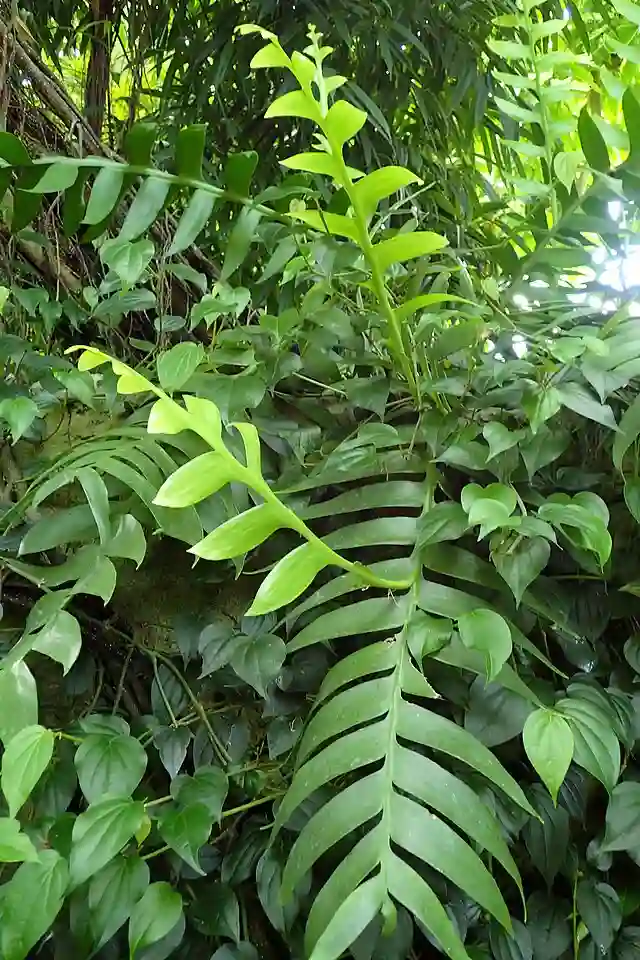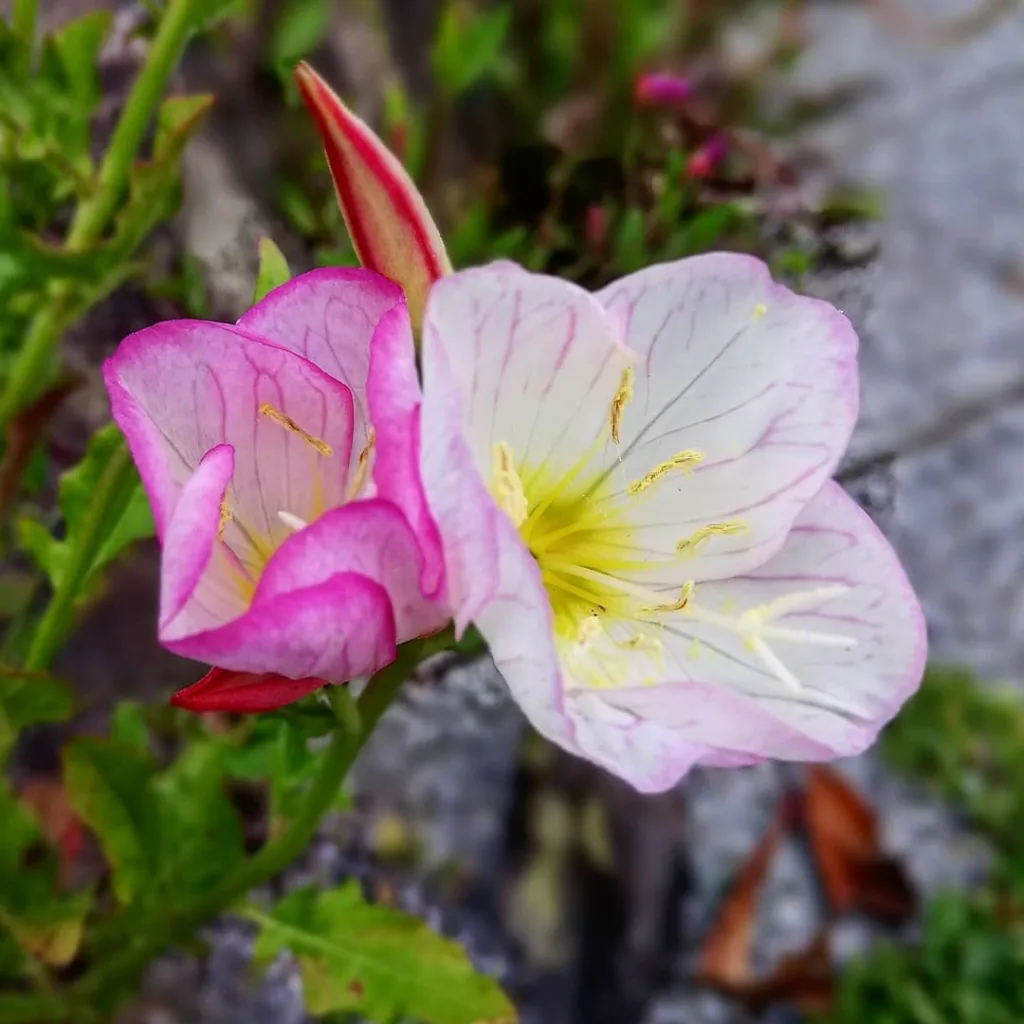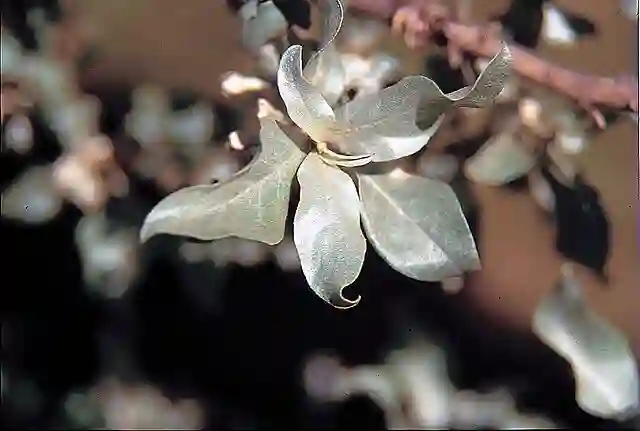
Hoya Sunrise: A Guide to Growing This Stunning Vine
Hi there, Ferb Vu here! Today, we’re diving into the world of Hoyas and focusing on a real showstopper – the Hoya Sunrise. This beauty is a hybrid known for its captivating foliage and fragrant blooms, making it a coveted houseplant.
Whether you’re a seasoned plant parent or just starting your indoor jungle journey, the Hoya Sunrise is a fantastic choice. Let’s explore everything you need to know about caring for this unique vine.
566 Species in Genus Hoya
What is Hoya Sunrise?
The Hoya Sunrise is a captivating hybrid, a cross between Hoya lacunosa and Hoya obscura. Created by Michael Miyashiro in 1992, it boasts stunning features that have made it a favorite among Hoya enthusiasts.
The most striking characteristic of the Hoya Sunrise is its foliage. It features glossy, dark green, oval-shaped leaves with a prominent network of bright green veins. But the magic doesn’t stop there. Under high light conditions, the leaves can transform, taking on a rich maroon-red hue, living up to its evocative name.
Beyond its captivating visuals, the Hoya Sunrise offers fragrant, small, cream-colored blooms that add another layer of delight. This slow-growing vine makes a lovely addition to hanging baskets, trellises, or allowed to cascade down shelves.
How to Care for Hoya Sunrise?
The Hoya Sunrise is known for being relatively easy to care for, making it a great choice for beginners. Here are some key things to keep in mind:
- Light: This Hoya thrives in medium to bright, indirect sunlight. Avoid harsh afternoon sun, which can scorch the leaves. Up to two hours of morning sun is acceptable.
- Watering: Hoyas prefer to dry out completely between waterings. Overwatering is a common enemy, so err on the side of underwatering. Feel the soil; if the top inch is dry, it’s time to water.
- Soil: Use a well-draining potting mix specifically formulated for cacti or succulents. This ensures proper drainage and prevents root rot.
- Humidity: While Hoyas can tolerate average household humidity, they appreciate a slight increase. You can use a pebble tray filled with water or a humidifier to create a more tropical environment.
- Fertilizer: During the growing season (spring and summer), a diluted liquid fertilizer formulated for houseplants can be applied monthly.
- Temperature: The Hoya Sunrise thrives in warm temperatures, ideally between 65°F and 80°F (18°C – 27°C). Avoid exposing it to sudden temperature drops or cold drafts.
How to Propagate Hoya Sunrise?
Propagating your Hoya Sunrise is a rewarding way to expand your collection or share this beauty with friends. Here are two common methods:
- Stem cuttings: Take a healthy stem cutting with at least two nodes. Remove the lower leaves and dip the cut end in rooting hormone (optional). Plant the cutting in a well-draining potting mix and keep it moist but not soggy. Place it in bright, indirect light and wait patiently for roots to develop.
- Leaf cuttings: This method takes longer but can be successful. Select a healthy leaf with its petiole (leaf stalk) attached. Plant the petiole in a well-draining potting mix, ensuring good contact with the soil. Keep the soil moist and provide bright, indirect light. New growth will eventually emerge from the base of the petiole.
Tip: Apply gentle bottom heat using a heat mat to encourage faster root development in both methods.
Common Problems with Hoya Sunrise
While generally a low-maintenance plant, here are a few potential issues to watch out for:
- Yellowing leaves: This can be a sign of overwatering, underwatering, or insufficient light. Check your watering routine and adjust as needed. Ensure the plant receives adequate indirect sunlight.
- Mealybugs: These sap-sucking insects can appear as white, cottony masses on the leaves and stems. Treat them with insecticidal soap or neem oil spray.
- Scale: These small, hard-shelled insects can also infest your Hoya. Remove them manually with a cotton swab dipped in rubbing alcohol or use insecticidal soap.
Tip: Regularly inspect your Hoya Sunrise for signs of pests and address them promptly to maintain its health.
Hoya Sunrise vs Obscura
When comparing Hoya Sunrise to Obscura, it’s important to note that Hoya Sunrise is actually a hybrid resulting from a cross between Hoya Obscura and Hoya Lacunosa. While these two cultivars share several resemblances due to their shared lineage, Hoya Sunrise boasts a notable distinction in its appearance. Particularly, the Sunrise variety showcases a rich, deep red and maroon coloring, which becomes especially pronounced during periods of sun stress.
Hoya Sunrise vs Rebecca
I find Hoya Sunrise captivating with its vibrant leaves that remind me of a sunrise, blending shades of pink, yellow, and green—it’s like having a piece of a colorful dawn in my living room. On the other hand, Hoya Rebecca has a special place for me with its compact growth and delicate pinkish-white flowers that emit a sweet fragrance, making it a charming addition to my collection.
Conclusion
The Hoya Sunrise is a captivating vine that offers a unique combination of beautiful foliage, fragrant blooms, and relative ease of care. With proper light, watering, and a little TLC, you can enjoy this tropical beauty for years to come. So, why not add a touch of sunrise to your indoor jungle?
If i die, water my plants!


